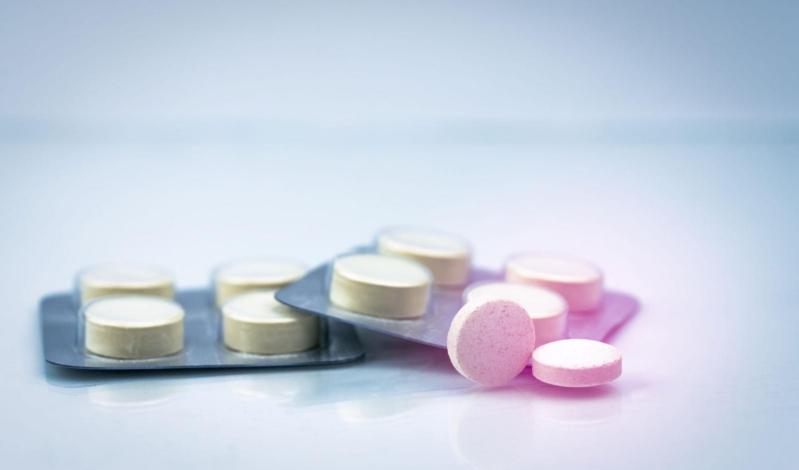Application of salicylic acid tablets in performance verification test of flow-through cell dissolution apparatus
2025-01-07
Salicylic acid, a widely used nonsteroidal anti-inflammatory drug (NSAID), serves as a model compound in pharmaceutical testing, particularly in the performance verification of dissolution testing apparatus. This article explores the application of salicylic acid tablets in performance verification tests using the flow-through cell (FTC) dissolution apparatus, which is essential for assessing the quality and consistency of pharmaceutical products.
1. Introduction
Dissolution testing is a critical step in the pharmaceutical industry to ensure the proper release and bioavailability of drug products. The flow-through cell (FTC) dissolution apparatus is commonly employed to evaluate the dissolution rate of solid dosage forms. Performance verification of this apparatus ensures its accuracy and reliability, which is vital for regulatory compliance and product quality control. Salicylic acid tablets, with their known solubility characteristics, are often used as a reference standard to verify the dissolution performance of the apparatus.
2. Materials and Methods
Salicylic acid tablets used for the dissolution test should have a known composition and dissolution profile. For performance verification, a batch of salicylic acid tablets is subjected to testing using the FTC dissolution apparatus under standard conditions (e.g., 37°C, pH 4.5 buffer, flow rate of 10 mL/min). The dissolution of the tablets is monitored over time, typically at intervals of 5, 10, 15, 30, 45, and 60 minutes, using a UV spectrophotometer to measure the concentration of salicylic acid in the effluent.
3. Results
The salicylic acid tablets exhibit a predictable dissolution pattern, which should conform to the pharmacopoeial standards for salicylic acid. The FTC apparatus is validated by comparing the dissolution profiles obtained with the known dissolution profile of salicylic acid tablets. The results are expected to show complete dissolution within a specified time frame (typically 45-60 minutes) under the test conditions.
4. Discussion
The use of salicylic acid tablets in FTC performance verification allows for the assessment of both the mechanical and operational functionality of the dissolution apparatus. This includes factors such as flow consistency, uniformity of temperature, and the correct positioning of the drug. Furthermore, it ensures that the apparatus meets the required standards for simulating in vivo dissolution conditions. The performance verification with salicylic acid tablets is particularly valuable for regulatory agencies to ensure that dissolution testing is performed in a manner that reliably predicts drug release behavior.
5. Conclusion
Salicylic acid tablets are an effective and reliable means for the performance verification of flow-through cell dissolution apparatus. Their predictable dissolution characteristics and well-established pharmacokinetic profile make them an ideal choice for this application. Regular performance checks with such reference standards are essential for maintaining the quality and integrity of dissolution testing procedures, thereby ensuring the safety and efficacy of pharmaceutical products.
6. References
- United States Pharmacopeia (USP) <711> Dissolution.
- British Pharmacopoeia (BP) Dissolution Testing.
- European Pharmacopeia (EP) Dissolution Testing Procedures.
- Food and Drug Administration (FDA) Guidelines on Dissolution Testing.
This article provides an overview of the importance of using salicylic acid tablets in FTC apparatus verification and highlights the critical role of dissolution testing in drug product development and quality control.



